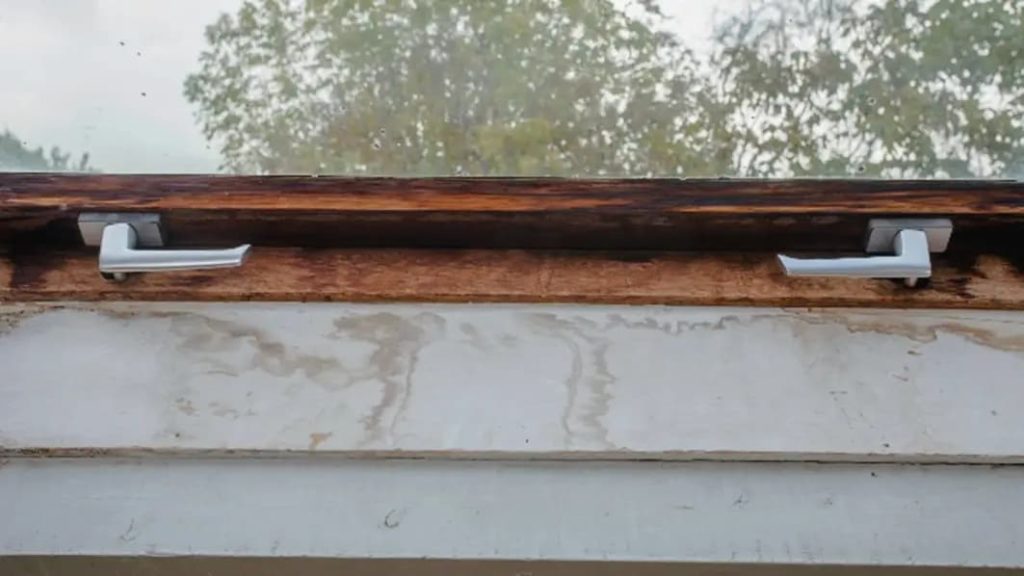All You Need to Know About Timber Casement Windows
Glass is a versatile material used increasingly in modern architecture. Discover some of our favourite designs, from glass houses to glass museums and gardens!
In the ever-evolving landscape of home improvements, the quest for more energy-efficient and environmentally responsible living is a prominent theme. Retrofit double glazing, a solution that involves adding a second layer to existing windows, is increasingly in the spotlight.
Join Atlas Glass as we guide you through the intricate world of this window upgrade. We will explore the benefits of retrofit double glazing, cost considerations, environmental impact, installation process, and more. By the end of this journey, you can make an informed decision about whether retrofit double glazing is truly worth the investment for your home.
Heat loss through windows can be a significant source of energy waste in traditional single-glazed windows. The insulating properties of retrofit double glazing enable your home to retain heat more effectively.
Retrofit double glazing adds a second layer of glass to existing windows, creating an insulating air gap between the old and new glazing. This air gap acts as a thermal barrier, reducing heat transfer and preventing the escape of warm air in winter and heat intrusion in summer.
Retrofitting utilises existing window frames and structures, reducing the need for new materials. By investing in retrofit double-glazing, you help reduce the use of natural resources, lower the carbon footprint of manufacturing, and support a more sustainable building industry.
Traditional window replacement generates a significant amount of waste, from old windows and frames to packaging materials. Retrofitting prolongs the lifespan of existing windows and minimises waste, contributing to a more sustainable approach to home improvement. This upgrade extends the period before windows need to be replaced, reducing the environmental impact of manufacturing new windows and disposing of the old ones.
The improved insulation provided by double glazing helps maintain a more stable indoor temperature, reducing the need for constant heating or cooling. Less reliance on your heating system leads to reduced energy usage, potential savings on energy bills, and a lowered carbon footprint.
Double-glazed windows typically have tight seals and gaskets to prevent air leaks. The additional glass layer adds mass to the window structure. This extra mass helps to absorb and block sound waves, making it more challenging for noise to penetrate your home.
The gap between the two glass panes also acts as a buffer, preventing sound vibrations from easily transmitting from the outside to the inside of your home. The wider the gap, the better the noise reduction.

Condensation occurs when warm, moist indoor air encounters cooler surfaces, such as windows. It is a primary cause of dampness and mould growth in homes. Damp environments can lead to the proliferation of dust mites and mould spores, triggering allergies and respiratory problems.
Retrofit double glazing creates an insulating air gap between the old and new glazing. This barrier helps maintain the temperature of the inner glass surface, reducing the likelihood of condensation forming on your windows.
Retrofit double glazing helps maintain a drier and healthier indoor environment. A dry and comfortable living space is more inviting and conducive to wellbeing.
Retrofitting is generally more cost-effective than installing new double-glazed windows. It involves adding a second glazing layer to existing windows, reducing the need for extensive structural changes or window replacement. By reducing heat loss during winter and minimising heat gain in the summer, retrofit double glazing significantly improves the insulation of your existing windows. This method offers long-term energy savings and helps lower energy bills.
In comparison, installing new windows can be a substantial upfront investment. It often requires the complete removal and replacement of existing windows, leading to higher labour and material costs. While new windows can also provide energy efficiency benefits, it may take longer to recoup the upfront costs through energy savings than retrofitting. The initial investment can be a significant factor.
So, is retrofit double glazing worth it? The answer ultimately depends on your priorities and goals. If you value a more energy-efficient, comfortable, and sustainable living environment, retrofit double glazing can be a valuable addition to your home.
Contact Atlas Glass, Auckland's double glazing specialist, for expert guidance or to explore retrofit double glazing options for villas. Our expert team will provide in-depth insights and help you make the best decision for your home. Here's to a more comfortable and eco-conscious living space; get a free quote today!
Glass is a versatile material used increasingly in modern architecture. Discover some of our favourite designs, from glass houses to glass museums and gardens!
Double glazed windows are all the rage for good reason, but it can be quite a hassle to install double glazing when your home is equipped with single pane windows. Thankfully, retrofitting double glazing is a viable and optimal solution! What Is It? Retrofitting double glazing involves removing your single pane of glass, and replacing […]
A commonly overlooked element of window design is tinting. This is fairly understandable, as there are more important aspects to consider first; joinery, glazing, materials, among others. But for those of us who want to fully explore the options we have around installing or restoring windows, tinting is well worth looking into, as it has […]